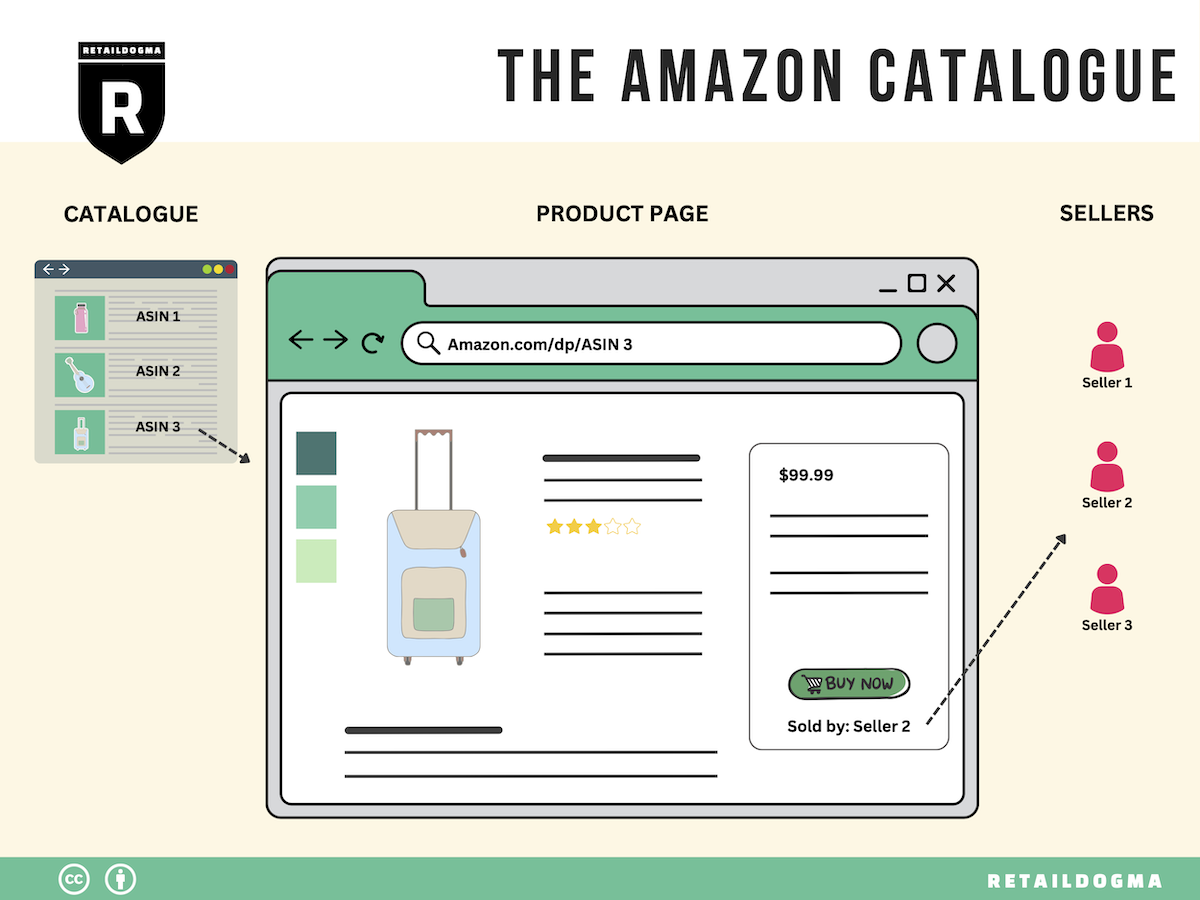Social media is a powerful tool for businesses. It’s a space where brands can engage with their audiences, build relationships, and expand their reach. However, with the instant and unpredictable nature of social media, it can also become a platform for crises. From customer complaints going viral to accidental posts that spark backlash, managing a social media crisis is something every business must be prepared for. Effective social media crisis communication requires quick thinking, transparency, and a strategic approach. Whether you’re a small business or a global corporation, how you respond can make or break your brand’s reputation. But don’t worry—mastering social media crisis communication is a skill you can develop. With the right tactics, you can not only manage crisis effectively but also turn them into opportunities for growth and connection.
1. Recognize a Crisis Early
One of the first steps to handling a social media crisis is recognizing it early. Not every negative comment or complaint is a crisis, but it’s important to have systems in place to monitor your brand’s social media channels regularly. This way, you can detect any potential issues before they spiral out of control.
How to Recognize a Crisis:
- Volume of Negative Feedback: If you notice an unusual spike in negative mentions, comments, or messages, it’s worth investigating.
- Tone and Sentiment: Monitor the tone of conversations about your brand. If the sentiment shifts dramatically from positive or neutral to overwhelmingly negative, this could signal a brewing crisis.
- Virality: A single negative post may not be a crisis, but if it starts gaining traction and going viral, it’s time to take action.
By recognizing the early signs of a crisis, you can respond swiftly and minimize damage.
2. Prepare a Crisis Management Plan for Social Media Crisis Communication
Every business should have a crisis management plan in place before a crisis happens. A well-thought-out plan helps guide your team’s actions and ensures everyone knows their role when a crisis arises.
Key Elements of a Crisis Management Plan:
- Designate a Crisis Response Team: Your team should include representatives from PR, marketing, legal, and customer service. Assign roles and responsibilities so that everyone knows what they need to do when a crisis hits.
- Develop Pre-Approved Responses: While you can’t predict every crisis, having pre-approved templates for different scenarios will help you respond quickly and professionally.
- Set Communication Channels: Decide which platforms you’ll use to communicate during a crisis. While social media is key, you may also need to use email, your website, or press releases depending on the severity of the crisis.
Having a plan in place will allow your team to respond with confidence and consistency.
3. Act Quickly and Transparently in Social Media Crisis Communication
In a social media crisis, time is of the essence. The faster you respond, the more control you can maintain over the narrative. However, speed shouldn’t come at the cost of transparency. Audiences value honesty, and any attempt to cover up or downplay the issue will likely backfire.
Best Practices for a Quick, Transparent Response:
- Acknowledge the Issue: The first step is to publicly acknowledge the problem. Let your audience know you’re aware of the situation and are working to resolve it.
- Apologize Sincerely: If your brand made a mistake, issue a sincere apology. Avoid corporate jargon and show genuine empathy.
- Provide Updates: As you work to resolve the issue, keep your audience updated with regular, clear communication. Even if you don’t have all the answers, letting people know that you’re actively addressing the situation can ease tensions.
Acting swiftly and transparently helps build trust and prevents speculation from taking over the conversation.

4. Monitor and Engage in Real-Time in Social Media Crisis Communication
Once you’ve issued an initial response, your job isn’t over. It’s crucial to continue monitoring the conversation in real-time. This allows you to address any follow-up questions or concerns and shows that your brand is responsive and attentive.
Real-Time Monitoring Tools:
- Social Media Listening Tools: Use tools like Hootsuite, Sprout Social, or Brandwatch to track mentions of your brand, hashtags, or key phrases related to the crisis.
- Sentiment Analysis: In addition to monitoring volume, pay attention to the sentiment of the conversation. This can help you gauge public opinion and adjust your communication strategy accordingly.
- Direct Engagement: Respond directly to individuals who are raising concerns. Personalized responses show that you care about your customers on an individual level.
Engaging in real-time demonstrates your commitment to resolving the issue and can help defuse tension before it escalates.
5. Stay Consistent Across Channels in Social Media Crisis Communication
During a social media crisis, consistency is key. Your messaging should be clear and unified across all platforms where your brand has a presence. Inconsistent communication can confuse your audience and lead to more negative attention.
Tips for Consistent Communication:
- Use a Single Spokesperson: Designate one person (or team) to be the public voice of your brand during the crisis. This ensures that all messages are aligned and reduces the risk of conflicting statements.
- Maintain the Same Tone: Whether you’re responding on Twitter, Facebook, or your website, the tone and content of your message should remain consistent. This prevents any misunderstanding and reinforces your brand’s stance.
- Avoid Mixed Messages: Ensure that all departments involved in the crisis response are on the same page. Mixed messages, whether intentional or accidental, can erode trust.
By maintaining consistency, you reinforce your brand’s credibility and help to avoid further complications.

6. Take Responsibility and Focus on Solutions on Social Media Crisis Communication
In a crisis, it’s important to take responsibility for your brand’s actions and focus on finding solutions rather than making excuses. Shifting blame or denying fault can lead to more public outrage.
Owning Your Mistakes:
- Acknowledge the Cause: If your brand is at fault, admit it. Whether it’s a faulty product, a misunderstanding, or a social misstep, owning the problem shows maturity and accountability.
- Offer Solutions: Clearly communicate what steps your brand is taking to fix the issue. If possible, provide a timeline for when the problem will be resolved and what measures are being implemented to prevent it from happening again.
- Make It Right: Depending on the severity of the crisis, you may need to offer compensation, refunds, or other forms of amends to affected customers. Taking action to make things right can help restore trust.
Focusing on solutions shows that your brand is committed to learning from the situation and improving in the future.
7. Learn and Improve Post-Crisis
Once the crisis has passed, take time to evaluate how it was handled and identify areas for improvement. Each crisis offers valuable lessons that can inform your brand’s future crisis communication strategy.
Post-Crisis Evaluation Steps:
- Review Performance: Assess how well your crisis management plan worked. Were responses timely? Was communication clear? Did your team stay aligned throughout the process?
- Gather Feedback: Collect feedback from your customers, stakeholders, and employees to understand how they perceived your brand’s response. This can help identify blind spots or areas for improvement.
- Update Your Plan: Use the insights gained to refine your crisis management plan. Update pre-approved responses, adjust communication channels, and ensure your team is better prepared for future crises.
By learning from each crisis, you can strengthen your social media communication strategy and become more resilient.

Conclusion
Social media crises are inevitable in today’s fast-paced, highly connected world, but how you respond to them can define your brand’s reputation for years to come. By recognizing a crisis early, acting quickly and transparently, and maintaining consistent communication, you can navigate even the most challenging situations with confidence. Remember, every crisis presents an opportunity to demonstrate your brand’s values, build trust with your audience, and emerge stronger than before.
With the right preparation, social media crisis communication doesn’t have to be daunting. It can be a chance to show your customers that you’re human, that you care, and that you’re always striving to do better.








